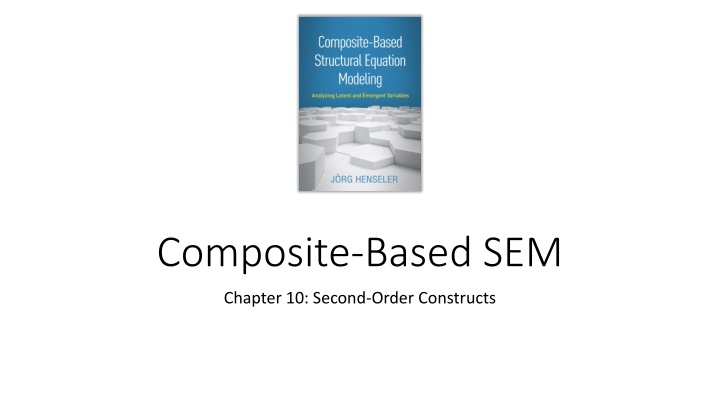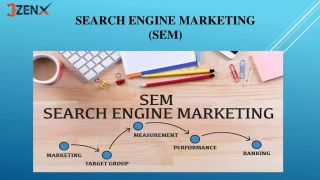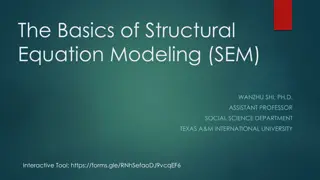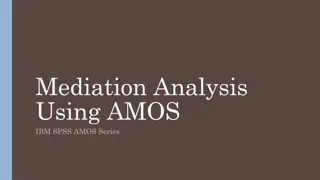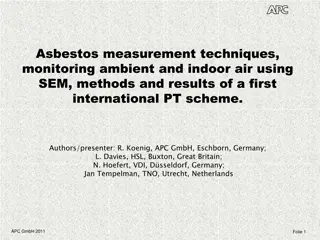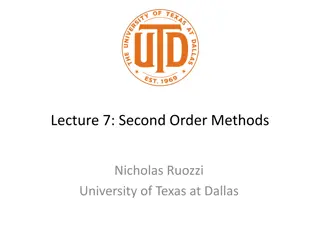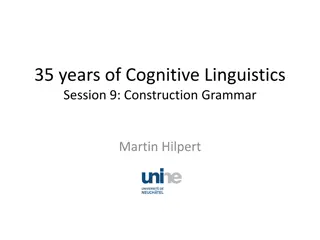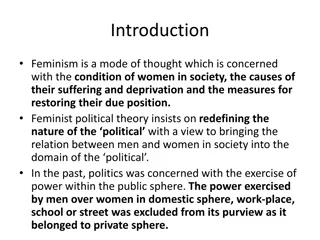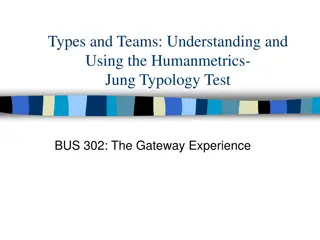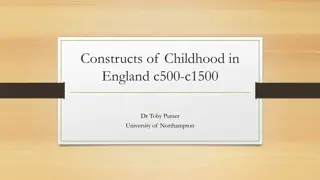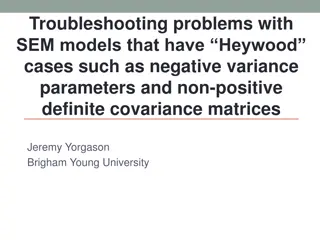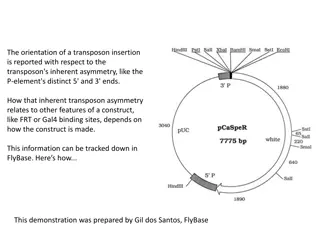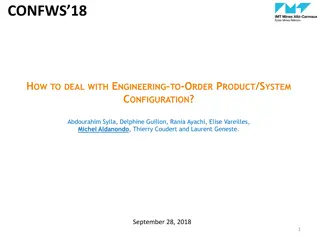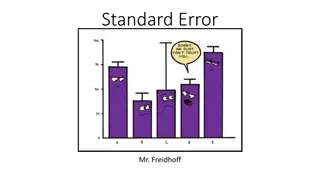Second-Order Constructs in SEM: A Typology
Nature of second-order constructs in Structural Equation Modeling (SEM), including a typology and modeling approaches. Learn about various types of second-order constructs and their implications in research methodologies. This comprehensive guide covers the abstraction levels, confirmatory research focus, and recommendations for covariance-based SEM analysis.
Download Presentation

Please find below an Image/Link to download the presentation.
The content on the website is provided AS IS for your information and personal use only. It may not be sold, licensed, or shared on other websites without obtaining consent from the author.If you encounter any issues during the download, it is possible that the publisher has removed the file from their server.
You are allowed to download the files provided on this website for personal or commercial use, subject to the condition that they are used lawfully. All files are the property of their respective owners.
The content on the website is provided AS IS for your information and personal use only. It may not be sold, licensed, or shared on other websites without obtaining consent from the author.
E N D
Presentation Transcript
Composite-Based SEM Chapter 10: Second-Order Constructs
Topics The nature of second-order constructs A typology of second-order constructs Modeling second-order constructs Type I: Latent variables measured by latent variables Type II: Emergent variables made of latent variables Type III: Latent variables measured by emergent variables Type IV: Emergent variables made of emergent variables Type V: Latent variables measured by different types of variables Type VI: Emergent variables made of different types of variables 2
Second-Order Constructs Constructs whose indicators are not directly observable but again modeled through constructs. Higher level of abstraction. Constructs of an even higher order are conceivable, too (see, for instance, Ulaga & Eggert, 2006, for an example of a fourth-order construct) Mainly a subject of confirmatory research. Covariance-based SEM is recommended. 3
Specifying Type-I Second-Order Constructs Note: There is no known approach of how to specify Type-I second-order constructs in variance- based SEM. 5
Specifying Type-II Second-Order Constructs Note: x is some other variable in the nomological net of . 6
Type-II Second-Order Constructs in Variance- Based SEM 7
Specifying Type-III Second-Order Constructs 8
Type-III Second-Order Constructs in Variance- Based SEM 9
Specifying Type-IV Second-Order Constructs Note: x is some other variable in the nomological net of . 10
Type-IV Second-Order Constructs in Variance- Based SEM Note: See Schuberth, Rademaker & Henseler (forthcoming) for details. 11
Specifying Type-V Second-Order Constructs 12
Specifying Type-VI Second-Order Constructs Note: x is some other variable in the nomological net of . 13
Bibliography Henseler, J. (2020). Composite-Based Structural Equation Modeling: Analyzing Latent and Emergent Variables, New York: Guilford Press. Schuberth, F., Rademaker, M. E., & Henseler, J. (forthcoming). Estimating and assessing second-order constructs using PLS-PM: The case of composites of composites. Industrial Management & Data Systems, in print. Ulaga, W., & Eggert, A. (2006). Value-based differentiation in business relationships: Gaining and sustaining key supplier status. Journal of Marketing, 70(1), 119 136. van Riel, A. C., Henseler, J., Kem ny, I., & Sasovova, Z. (2017). Estimating hierarchical constructs using consistent partial least squares: The case of second-order composites of common factors. Industrial Management & Data Systems, 117(3), 459 477. 14
